The story of Colorado’s history is inseparable from mining. A few historic events include an internationally famous gold rush that flooded the area with powerful new people and ideas, the founding of Denver, plus a mining-related economic downturn that devastated the state and dethroned some of its most influential citizens.
Colorado’s mining history is far more dramatic, impactful, and complex than you might think while visiting the state’s abandoned mines and ghost towns.
According to History Colorado, mining was by far the most significant industry in the state in the 19th and early 20th centuries, and it’s still important in Colorado to this day. The result of mining activity in the state wasn’t just discoveries of gold and silver, but a host of sweeping economic, social, and political changes that shaped Colorado into what it looks like today.
Oh, and that whole becoming an official US territory and eventually a state in 1876 thing? Historians largely credit mining for that too.
Colorado’s Gold and Silver Mining History
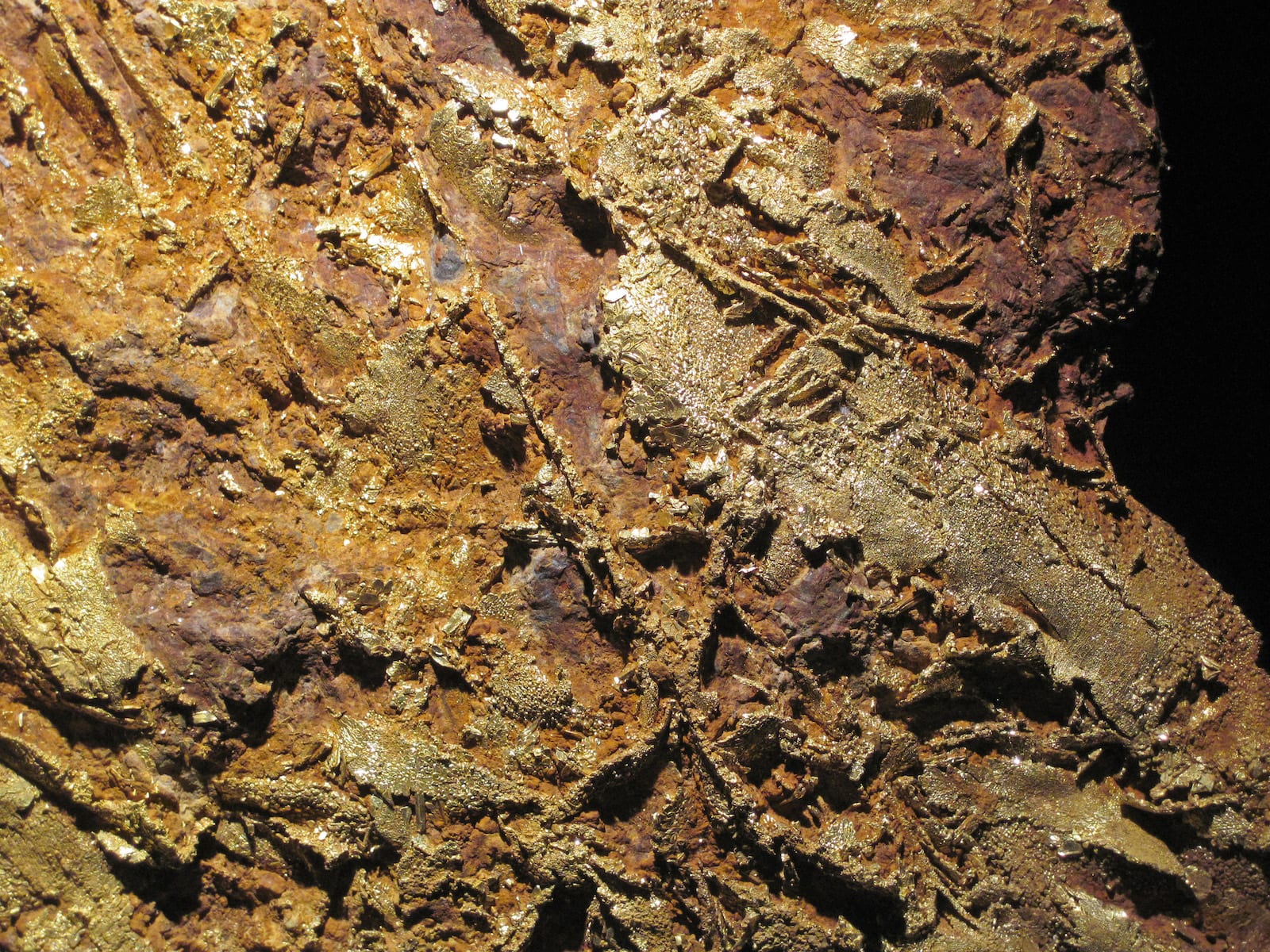
If you need to be further convinced of how important mining was in Colorado, just look at how many abandoned mines are in the state. There are over 18,000 of them.
Today, we’re exploring Colorado’s mining history with a riveting timeline of events. They span from an area that is rumored to have hosted the ancient mining of turquoise and the first reported sightings of gold in the region, to a deadly massacre that helped make labor laws in the US more favorable to workers.
Here are some of the notable events from Colorado’s mining history, in chronological order:
??? – present: King’s Manassa Mine
Located in south-central Colorado near Manassa just west of the Rio Grande River, some say that the King’s Manassa Mine is the oldest turquoise mining deposit in the state. It was potentially mined by ancient Native Pueblo peoples centuries ago.
In his search for gold, Israel Perviose King stumbled upon the mine in 1894 and filed a claim on it the following year. The mine has been in the King family ever since and produces King’s turquoise, which is widely loved for its gorgeous deep greens.
1758 – The first sighting of gold in Colorado is reported north of the Arkansas River

Ethnographer, historian, and naturalist Antoine-Simon Le Page du Pratz is widely thought to be the first person to report seeing gold in the area (part of the District of Louisiana) that would become the state of Colorado in 1876. Pratz’s 1758 map portraying where he saw gold is frustratingly vague.
It consists of a brief description of a site north of the Arkansas River located close to a tributary flowing from a mountain that he described as “a rivulet whose waters rolled down gold dust.”
But with those who explored America a short time later describing Pratz’s map as unreliable and filled with doubt, it’s hard to know where exactly Pratz saw gold, or if he even saw it in the first place.
1807-1857 – Rumors of gold and modest discoveries

In a journal entry written in 1807, the explorer and brigadier general Zebulon Pike wrote that a man named James Pursley showed him gold nuggets that he claimed he found in the South Park region of the land that would later become Colorado. Pike mentioned in his entry that he questioned the finding.
More than 40 years later, gold was rumored to have been spotted in south-central Colorado in the modern-day town of Lake City, but no one could nail down the exact spot of the finding.
But two years later, prospectors traveling west to California’s gold rush panned small amounts of gold near present-day Denver and Arvada at Cherry Creek, the South Platte River, and Ralston Creek. William Green Russell and a team of prospectors that included Cherokee Native Americans traveled to the South Platte River the next year and discovered gold at Little Dry Creek.
Historians credit this discovery for launching the Pikes Peak Gold Rush that occurred the following year.
1858 – Montana City, which later became Denver, is founded by gold-seekers
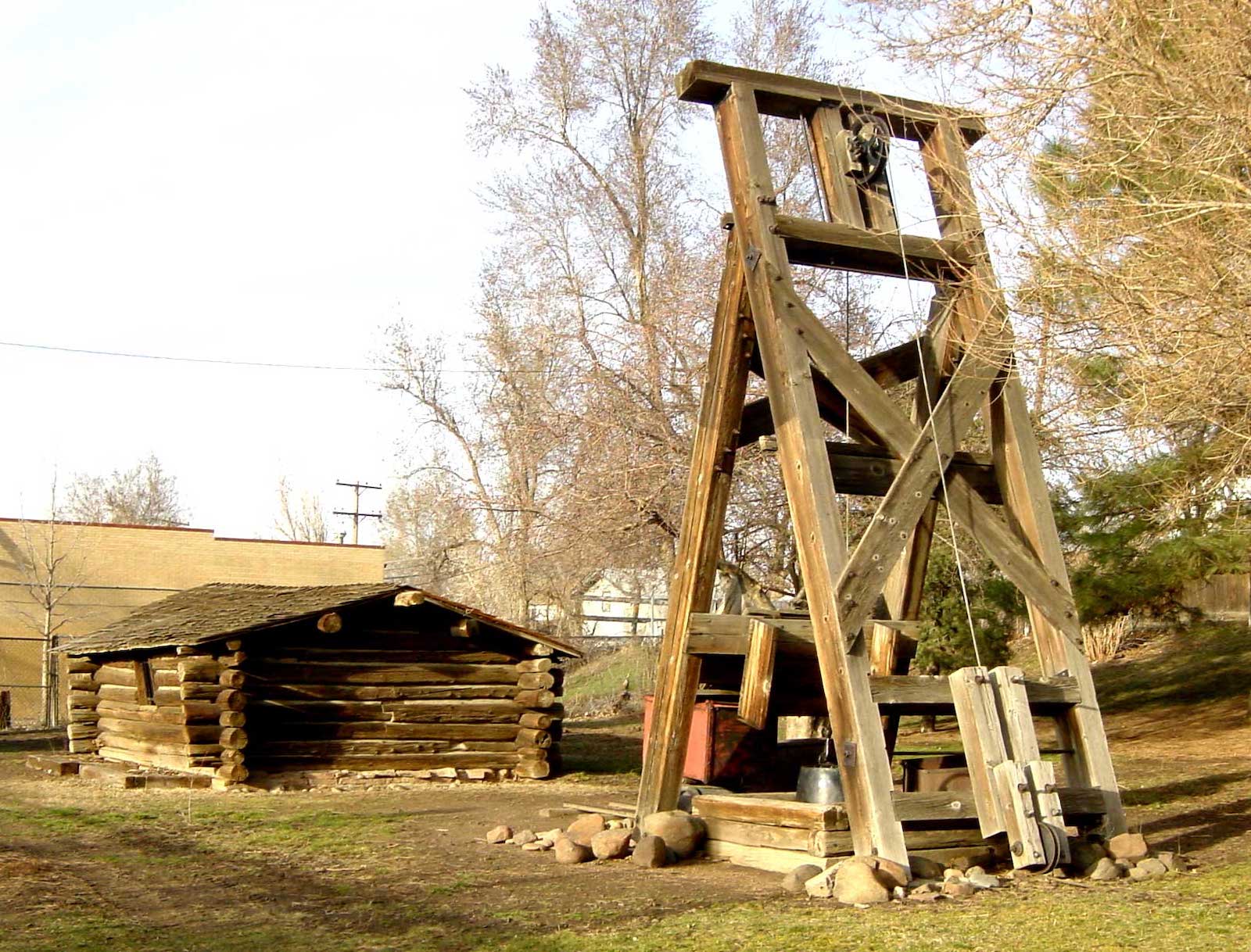
Setting his sites on finding more gold, William Green Russel and a group of prospectors founded the settlement of Montana City on the banks of the South Platte River in 1858. But to the great dismay of the ragtag group, little gold was found in the area, and the settlement went bust.
Russel and his team might not have found riches when they settled next to the South Platte River, but they are credited for establishing the first settlement in Denver and helping to kick off a gold rush that helped birth Colorado.
1859 – The Pikes Peak Gold Rush begins

After the areas surrounding Denver repeatedly produced disappointing amounts of gold, news that placer gold was discovered in the mountains west of the area in early 1859 quickly spread around the still-new nation of America and far beyond.
In January of 1859, the prospector George A. Jackson found the first substantial amount of gold where Chicago Creek empties into Clear Creek in present-day Idaho Springs.
Jackson, who first traveled to the area after seeing clouds of steam rising from the hot springs, tried to keep his discovery a secret until word of his find spread after he tried to pay for mining supplies with gold dust. By that spring, throngs of prospectors flooded the area, including John H. Gregory, who struck gold between Black Hawk and Central City.
Many other gold-bearing veins were discovered in the area soon after. Central City’s population exploded from 10 to 10,000 in a single month that summer as hopeful prospectors flocked to the area.
Later in 1859, rich gold deposits were found along the Georgia Gulch on the Swan River in the town we now know as Breckenridge. Named for the western Kansas Territory’s iconic peak, the Pikes Peak Gold Rush was now in full swing. It would later be known as the Colorado Gold Rush.
1860 – Gold coins are first minted in Denver

Before the Denver Mint started producing coins in the city in 1906, three men minted gold coins in Denver first during the Pikes Peak Gold Rush. To not have to pay the hefty shipping costs it took to ship gold to the East Coast, Austin Clark, Milton Clark, and Emanuel H. Gruber founded their own private mint in Denver in July of 1860.
Located on the corner of 16th and Market, the establishment minted $10 gold coins imprinted with the emblem of Pikes Peak surrounded by forest. Coins representing larger currencies were later added, and the private mint changed hands and became the United States Mint at Denver by an act of Congress just two years later.
But instead of producing coins as planned, the mint operated as an assay office due to the
“hostility of the Indian tribes along the routes, doubtless instigated by rebel emissaries (there being a Civil War), and bad white men,” according to the Mint’s Director.
For the first few years the office was open, it was the most substantial building in Denver. Plans for the coin-producing Denver Mint as the country knows it today didn’t emerge until 1896 when Congress approved a separate site in Denver to produce gold and silver coins. After years of delays, the mint began operating in 1906.
1861 – At the behest of gold-seekers, Colorado becomes an official territory through an Act of Congress
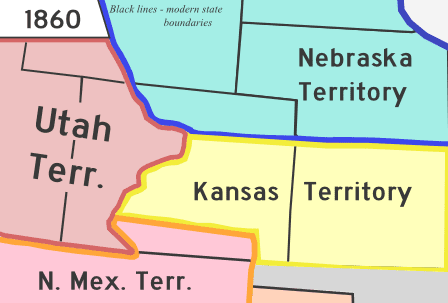
With the burgeoning gold mining industry bringing thousands of settlers to the area, a movement to recognize it with a national territory designation followed immediately after the Pikes Peak Gold Rush began in 1859.
Promoted by William Byers, publisher of the Rocky Mountain News, and land speculator William Larimer, Jr., the Jefferson Territory was established in 1859. But it never gained legal status and recognition by the American government.
Arguments over slavery held up Congress, causing a deadlock between the Republican-controlled House of Representatives and the Senate, which was held by Democrats. But shortly before the Civil War broke out in the spring of 1861, enough Democrats resigned from the Senate to allow Republican leaders of both houses to officially designate new territories.
Along with Nevada and Dakota, Colorado became a designated territory soon after. The decision paved the way for the territory to achieve official US statehood in 1876.
As Colorado miners left to fight in the Civil War, gold production began to wane. With the majority of the easily discoverable gold already accounted for, the remaining miners changed their tactics by sinking their mine shafts and setting their sites on complex refractory ores. Almost as quickly as it had begun, the Pikes Peak Gold Rush was over.
1859-1864- The first discoveries of silver are recorded in Colorado
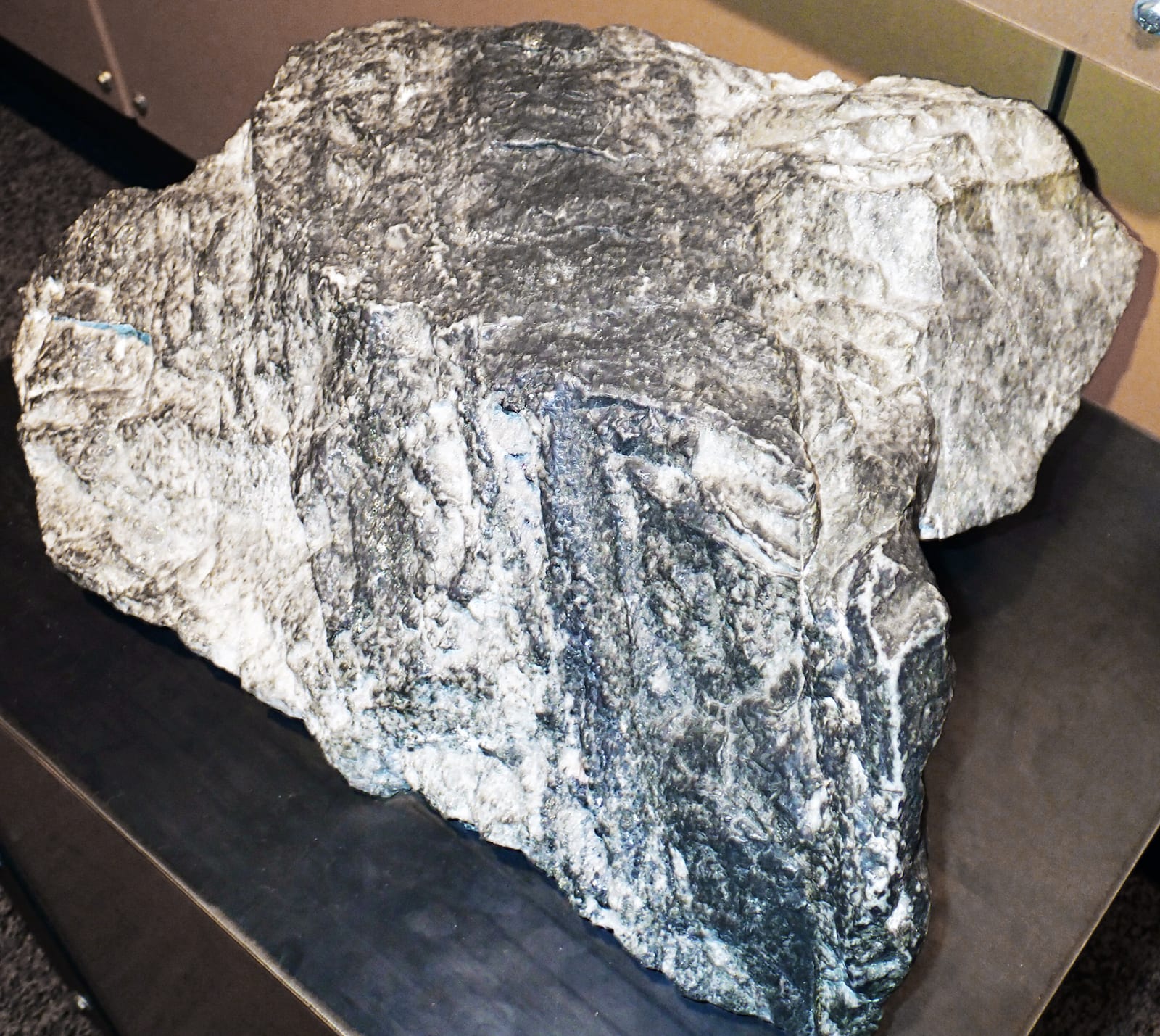
Deep in the mountains of Summit County, there was a significant amount of silver with a high lead found in 1864. While that important discovery led to others in the area, some believe that the first silver discovery recorded in Colorado happened five years earlier during the Pikes Peak Gold Rush when veins of silver were discovered in the Central City-Idaho Springs district.
But while miners in Colorado were well aware that there was silver to be found in the area, most didn’t attempt to mine it until smelters were built in the late 1860s.
1873 – Yule marble is discovered in the Crystal River Valley
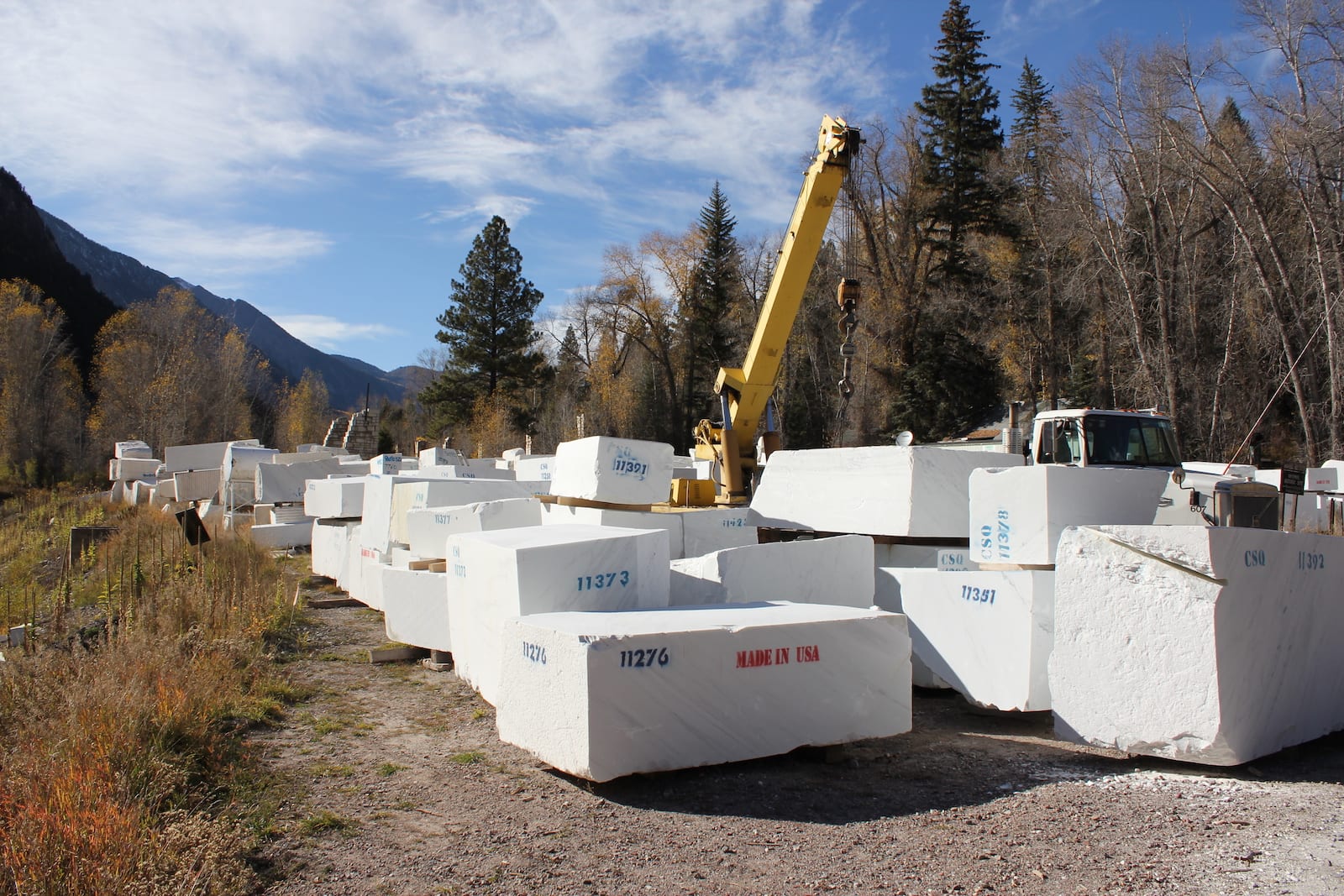
You may not know the name Yule Marble, but you’ve seen it. In Denver, the Cheesman Memorial Pavilion and Colorado State Capitol are comprised of the iconic metamorphic white rock. In the Arlington National Cemetery and Washington D.C., it was used in the construction of the Tomb of the Unknowns and the outer facade, upper steps, and columns of the Lincoln Memorial.
This important natural material was discovered in what is now the town of Marble, in southwestern Colorado in 1873.
1879 – The Colorado Silver Boom begins
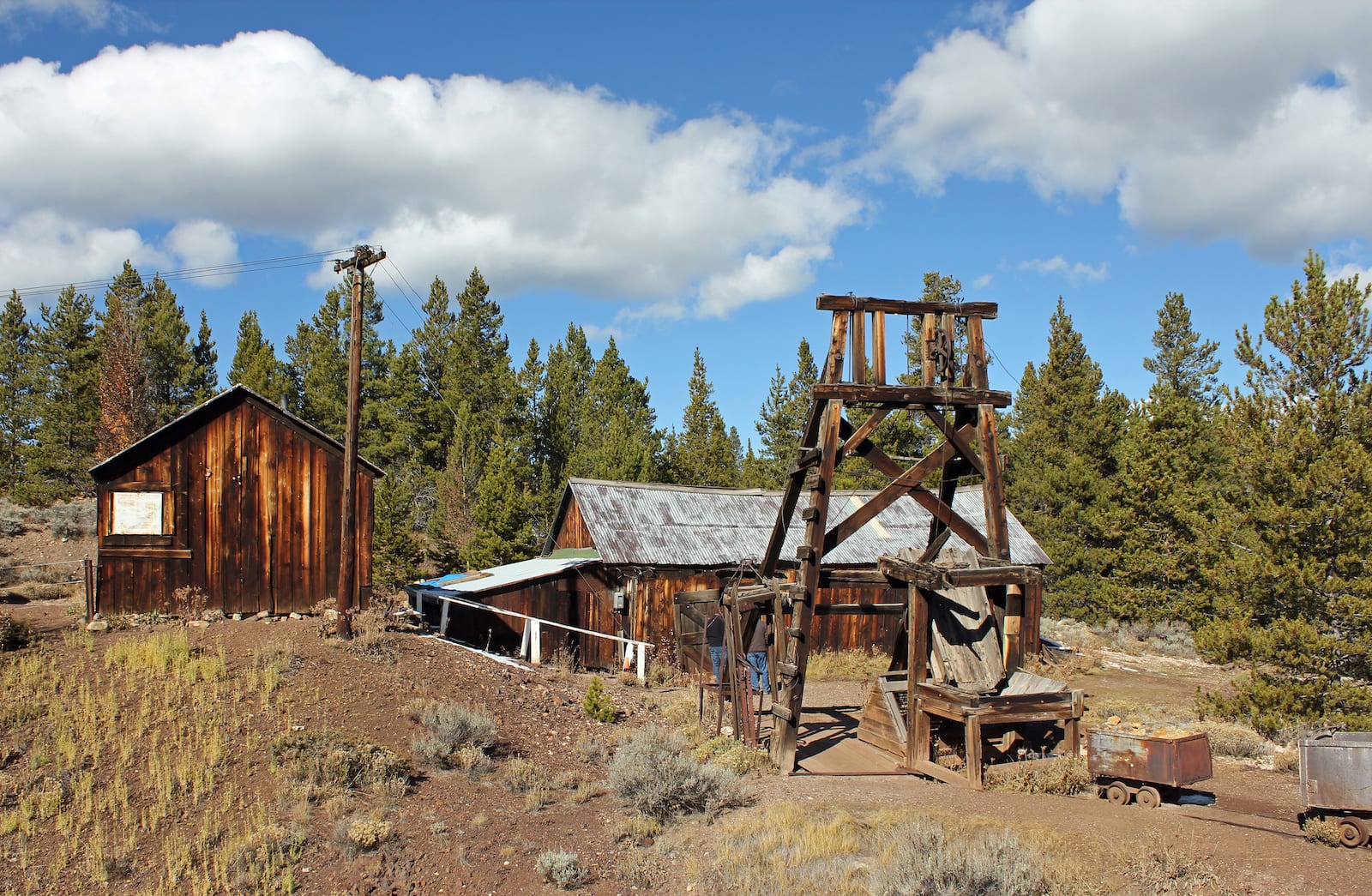
In 1879, a silver discovery in the town of Leadville led to a rapid expansion of silver mining activity in the state of Colorado. With over $82 million in silver being mined during the boom, the event came almost exactly 20 years after the Pikes Peak Gold Rush.
But while the gold rush was driven by the tireless work and ambitions of countless individual prospectors, this one was fueled by massive purchases of silver from the US government. They intended to use the mineral as currency.
From the start of the boom until 1893, Colorado’s population exploded. This precipitated the expansion of mountainous narrow gauge railway networks that connected Aspen, Leadville, South Park, and other mountain communities with Denver and the rest of the nation.
The silver boom also resurrected the fledgling town of Aspen in the late 1880s. The mining of silver ore there funneled desperately needed money into the area.
1893 – The Sherman Silver Purchase Act is repealed causing widespread economic devastation in Colorado

A struggle between east coast bankers and rural farmers and miners in Colorado and the rest of the West resulted in one of the worst economic disasters the state has ever seen. With silver being used as currency, many in the US complained that gold-based money was being devalued.
When President Grover Cleveland intervened by repealing the Sherman Silver Purchase Act in 1893, silver prices plummeted, and Colorado was thrown into a deep recession. Out of work, throngs of miners traveled to Denver in search of employment.
Banks collapsed, real estate values in Colorado saw steep declines, and rescue missions are reported to have seen such great numbers of people in need that they could only serve women and children. The downturn swallowed the fortunes of the rich and left many powerful Colorado figures destitute.
Horace Brown, owner of the Brown Palace Hotel, spent the last few years of his life trying to stave off creditors who were intent on taking over his hotel. Horace Tabor, a prominent Colorado senator and mining tycoon known as the “Silver King” lost his entire fortune during the crash and was forced to become a Postmaster before the end of his life.
1914 – Coal miners, women, and children are massacred in the Ludlow Massacre

In the spring of 1914, the Colorado National Guard and security forces from the Colorado Fuel & Iron Company fired machine guns into a tent camp filled with striking miners and their families. Accounts vary, but 21 miners, women, and children are thought to have perished during the massacre either by being gunned down or burned alive after the camp was set ablaze.
You can visit the Ludlow Memorial located by the ghost town of Ludlow between Walsenburg and Trinidad in southern Colorado. John D. Rockefeller Jr, the owner of the mine, was widely criticized, and the event is widely credited for improving work conditions in the United States.
Rockefeller, who was initially resistant to compromising and meeting miners’ demands, spoke with socialite and philanthropist Molly Brown and eventually softened his stance. He later worked with labor relations expert and future Canadian Prime Minister W. L. Mackenzie King to develop reforms for miners and the working towns they depended on.

Mining isn’t a part of most Coloradans’ lives in 2021 (learn more about gold panning in CO), but virtually no part of the state has been untouched by its legacy. From prominent buildings, labor rights laws, transportation, and the capital city of Denver, Colorado wouldn’t be the place it is today were it not for the messy business of mining.

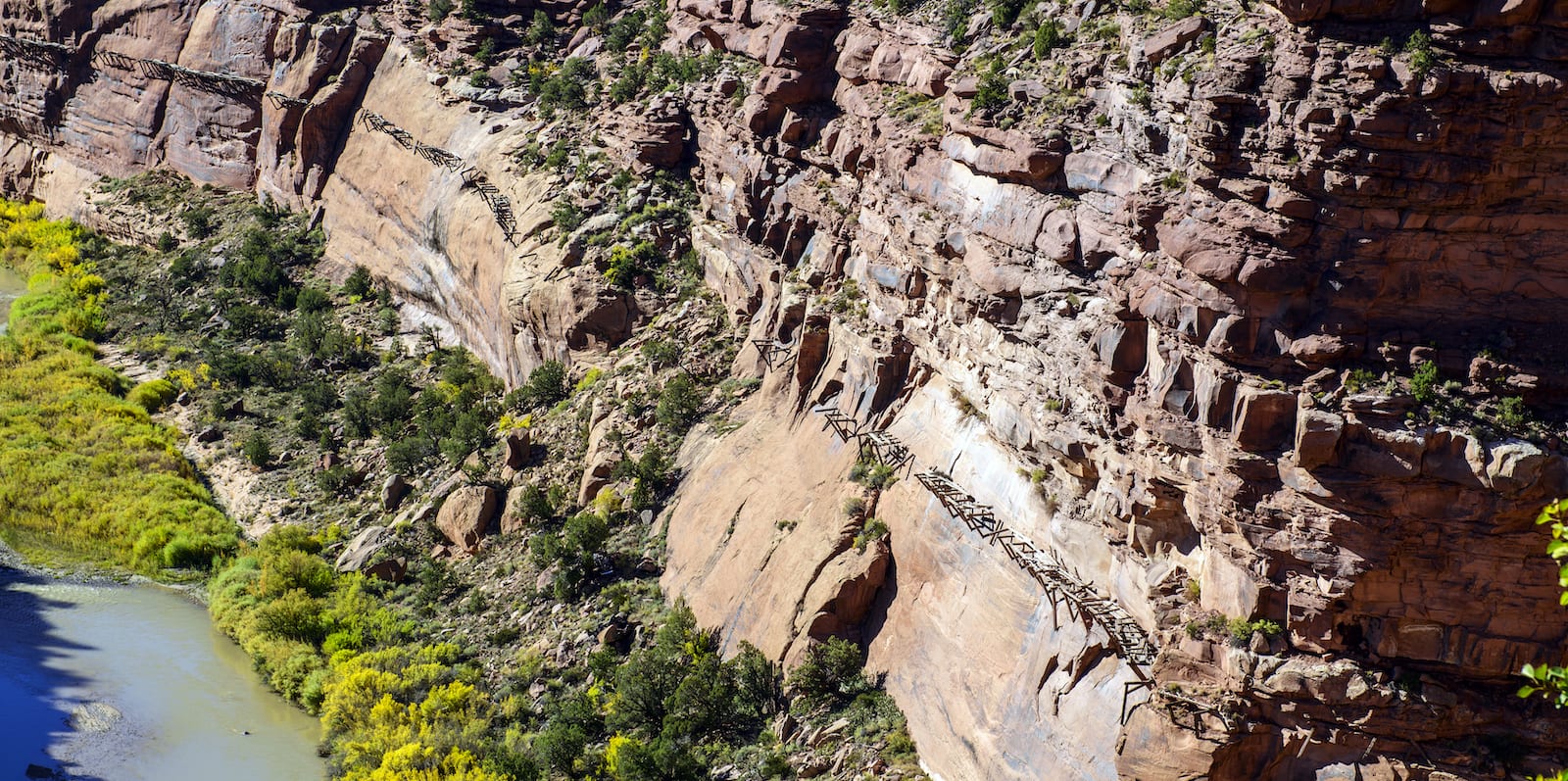
 12 Incredibly Beautiful Places in Colorado
12 Incredibly Beautiful Places in Colorado